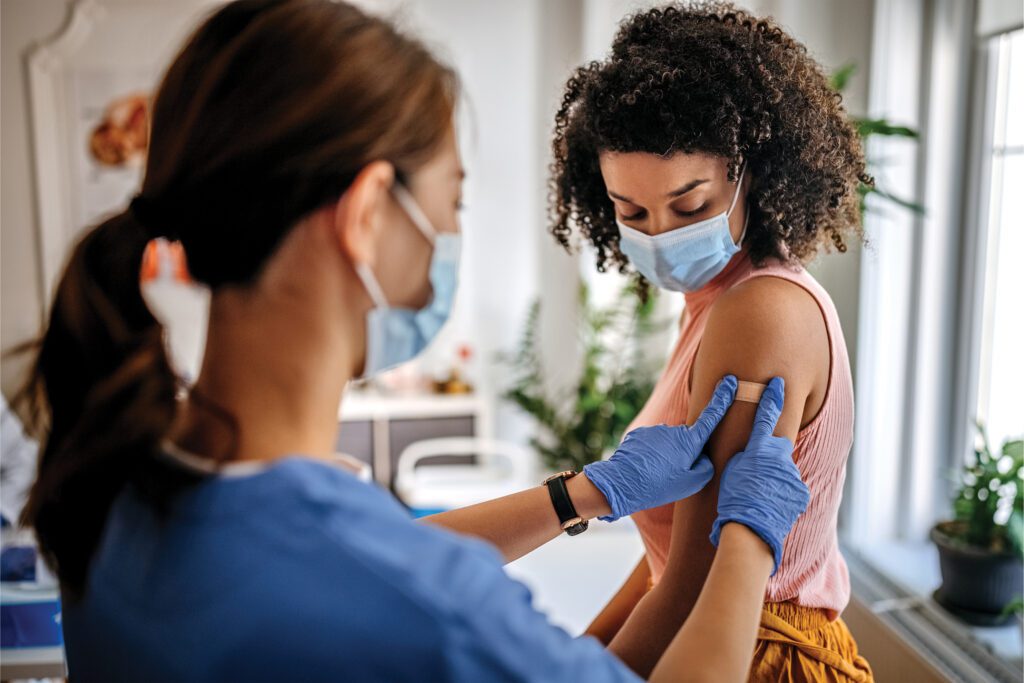Certain types of HPV can lead to cancer if left untreated - which is why vaccination and regular screening are critical.
Human papilloma virus, or HPV, is a virus spread through sex that causes an infection in the cervix. According to the American Cancer Society, there are more than 150 types of HPV. While most forms aren’t life-threatening, there are around 12 high-risk types that can increase your risk for cancer. Even most high-risk HPVs do not ultimately cause cancer, because the body is great at fighting off infection and the immune system will typically prevent the virus from doing serious harm. But in a small proportion of women, a high-risk HPV can lead to a persistent infection in the cells of the cervix. If this viral infection lasts for years, it can lead normal cells on the surface of the cervix to convert into cancerous cells.

The Importance of Vaccination


Two HPV vaccines are available to protect women against the types of HPV that cause most cervical, vaginal, and vulvar cancers: Gardasil and Cervarix. Both offer protection from HPV types 16 and 18, which are responsible for the largest portion of cervical cancers. However, Gardasil is often used because it covers four strains of HPV, including the types that most frequently lead to cancer and warts.
It’s important for girls or women to receive the vaccine before they have sexual contact and are exposed to HPV, because once infected with HPV, the vaccine might not be as effective or might not work at all.
That’s why the CDC recommends the HPV vaccine for girls as early as age 11 to 12, though it can be given as early as age 9. It’s also recommended for girls and women ages 13 to 26 who did not get it when they were younger.
The Importance of Routine Screenings
According to the Centers for Disease Control and Prevention (CDC), there are two types of screening that can help prevent cervical cancer or find it early: pap testing and HPV testing.
Pap Test. During your pap, your doctor will collect cells from your cervix and run tests to see if there are any abnormalities. Be sure to keep up with your annual gynecological visits to make sure you are being screened at the appropriate intervals for your risk level.
HPV Test. HPV testing, which can be done at the same time as your pap, looks for high-risk HPVs in the cells from your cervix. Current guidelines from the American Cancer Society recommend that women between the ages of 30 and 65 have both a pap test and an HPV test every 5 years.
For Boys Too!
Many people think the HPV vaccine only protects girls, but this vaccine protects boys against certain HPV-related cancers, too! Two HPV vaccines—Gardasil® and Gardasil® 9—are approved for males ages 9 through 26. These vaccines offer protection from genital warts, anal and throat cancers, and the spread of HPV to sexual partners.


